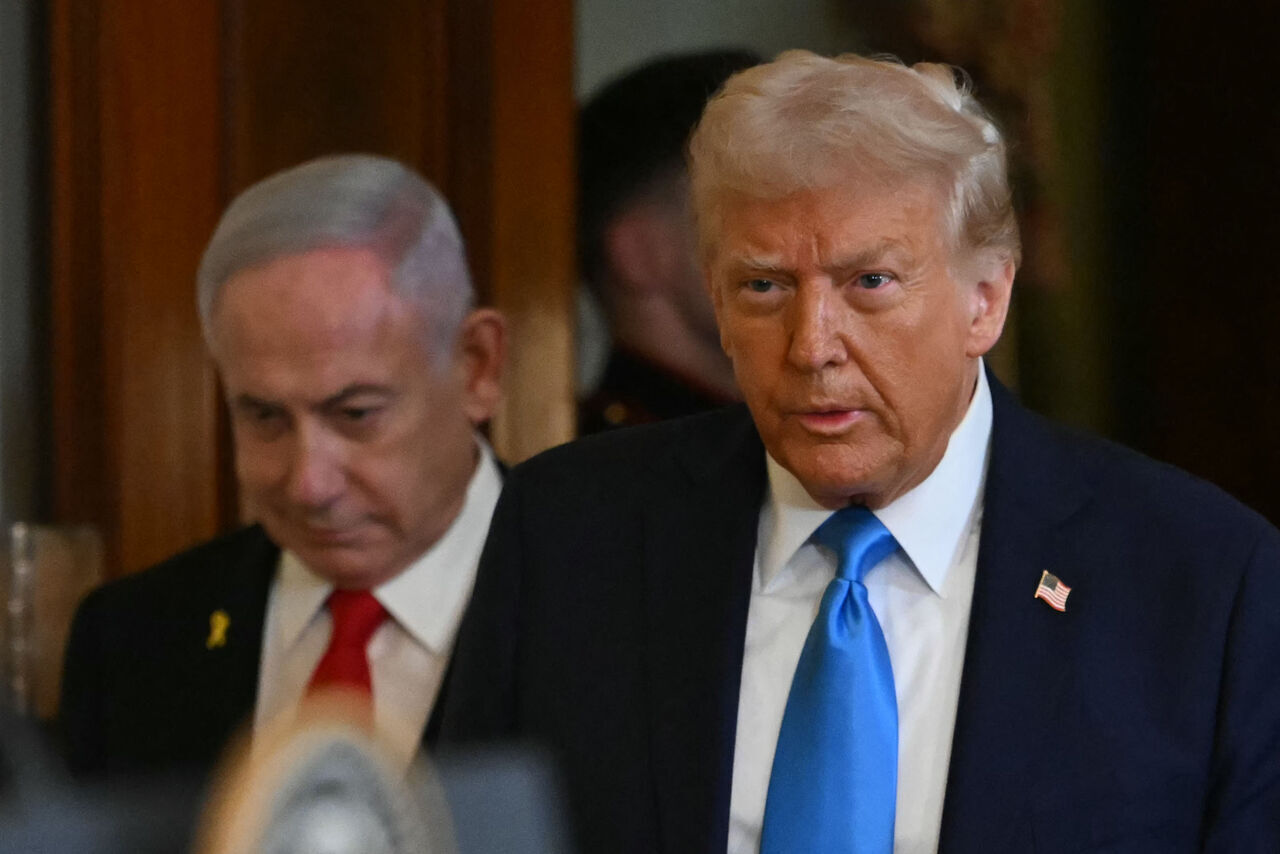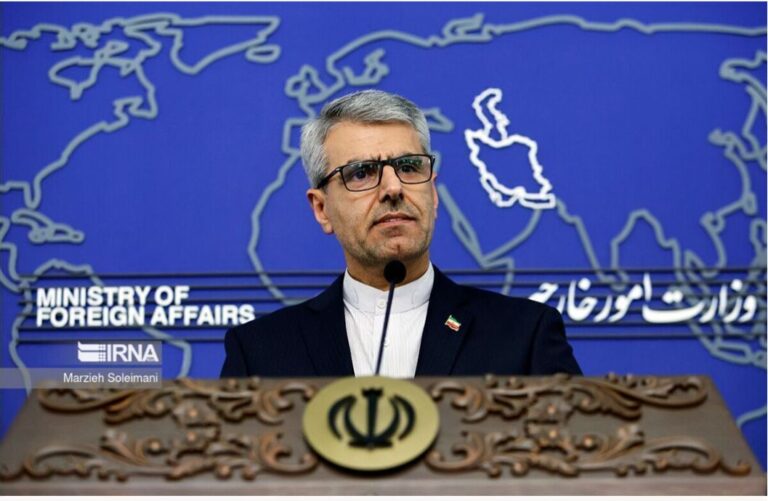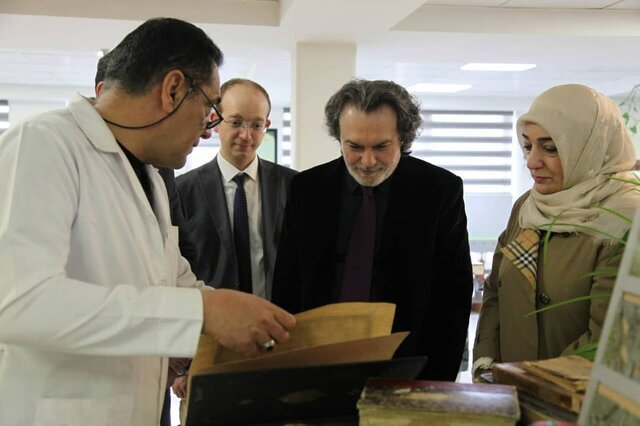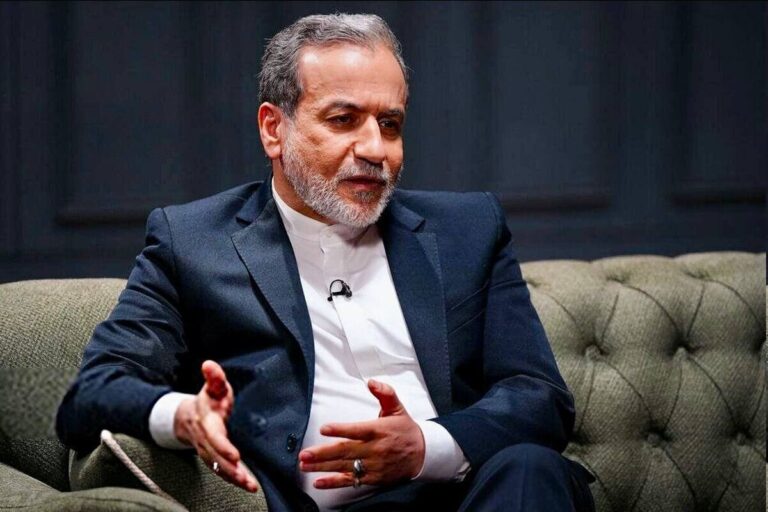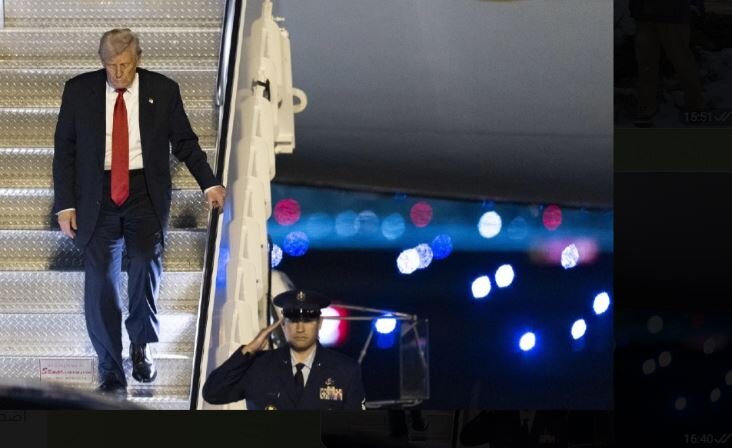Trump Reunites with Netanyahu: What This Means for Iran Negotiations
In a significant move impacting U.S.-Iran relations, President Donald Trump has reaffirmed his alignment with Israeli Prime Minister Benjamin Netanyahu’s hardline stance, which complicates any potential negotiations with the Islamic Republic. This decision comes as Trump expresses a desire for dialogue, creating a complex juxtaposition in his foreign policy approach.
On Tuesday, during a meeting with Netanyahu at the White House, Trump signed a presidential memorandum that reinstates a strategy of “maximum pressure” on Iran, a policy he initially implemented early in his presidency. Although it was merely a memorandum and not a formal executive order, this action signifies a return to a confrontational approach toward Iran.
Torn Between Continuity and Change?
Despite Trump’s claims of feeling “torn” and “unhappy” about this decision, the reestablishment of the “maximum pressure” strategy could bolster the influence of President Masoud Pezeshkian’s political adversaries in Iran. These opponents have been vocal against negotiations with the U.S., particularly targeting Vice-President for Strategic Affairs Javad Zarif, who was instrumental in the 2015 nuclear deal that Trump later abandoned.
Zarif has faced significant opposition yet remains steadfast in the belief that engaging in negotiations, even with adversaries, is crucial for Iran’s national interests. However, Trump’s uncompromising stance is expected to intensify the scrutiny and pressures faced by both Zarif and Pezeshkian’s administration.
In response to Trump’s actions, Iranian administration spokesperson Fatemeh Mohajerani provided a vague statement regarding Iran’s foreign relations without mentioning the United States, underscoring the sensitivity of the situation.
Low Trust Levels
Trust between Iran and the U.S. is already at a historic low. President Pezeshkian expressed concerns in an NBC interview last month, highlighting Iran’s skepticism about the U.S. adhering to any future agreements based on its previous actions.
Trump’s admission of hesitance in signing the memo may indicate he was pressured by more hawkish advisors, including Netanyahu. This dynamic complicates the prospect of negotiations aimed at easing stringent U.S. sanctions, as the Iranian faction opposed to talks will likely emphasize that Trump cannot shift responsibility for his decisions.
During his remarks on Tuesday, Trump stated, “I would love to be able to make a great deal [with Iran]. A deal where you can get on with your lives.” However, his actions on the same day do not support the feasibility of such a deal.
Correction: An earlier version of this article inaccurately referred to the document signed by U.S. President Donald Trump on Tuesday, February 4, 2025, as “an executive order.” It is, in fact, a presidential memorandum. The White House contributed to this confusion, as the document uploaded to its official website at 11:55 GMT on February 5, 2025, was mistakenly labeled “EXECUTIVE ORDER.”
